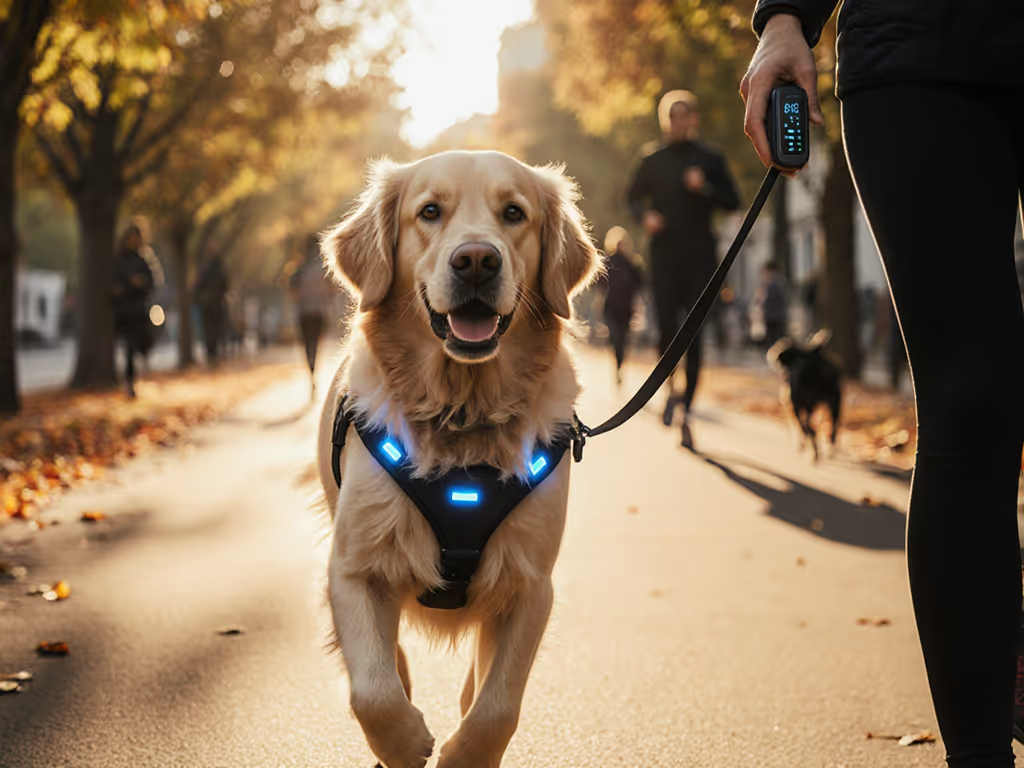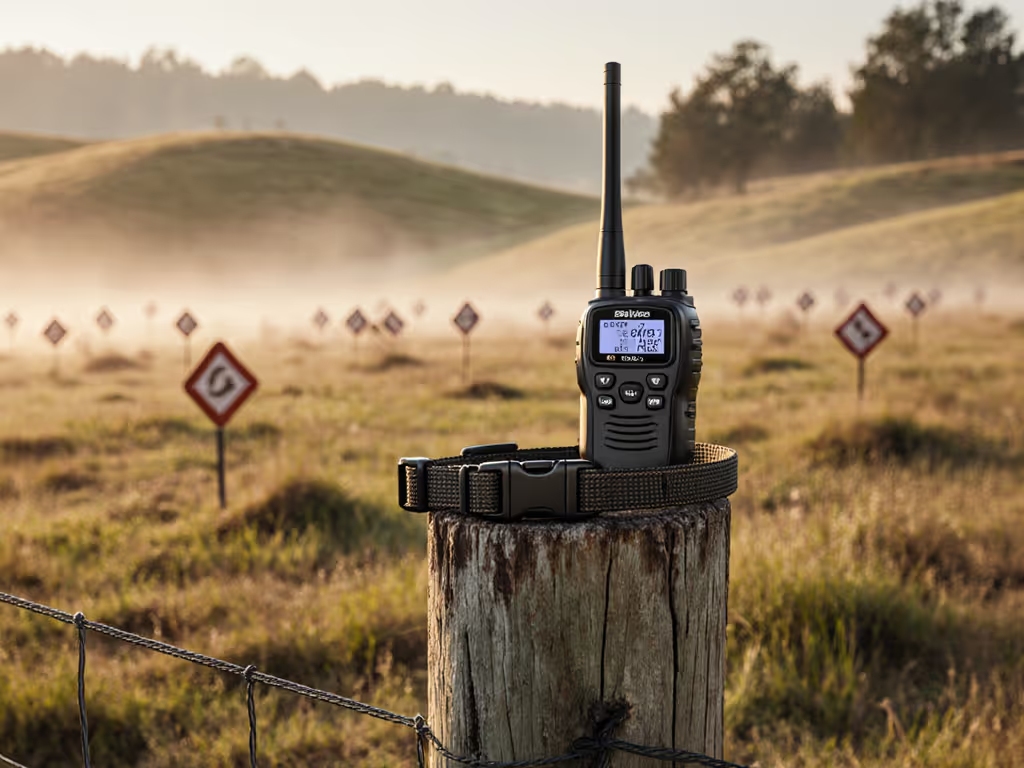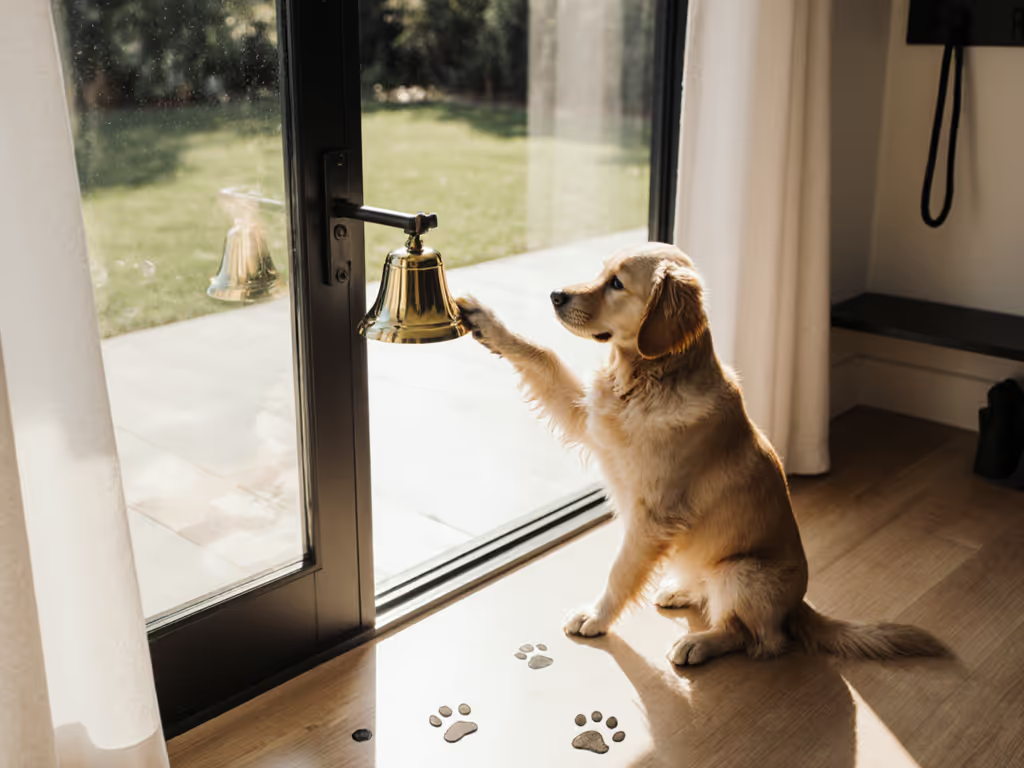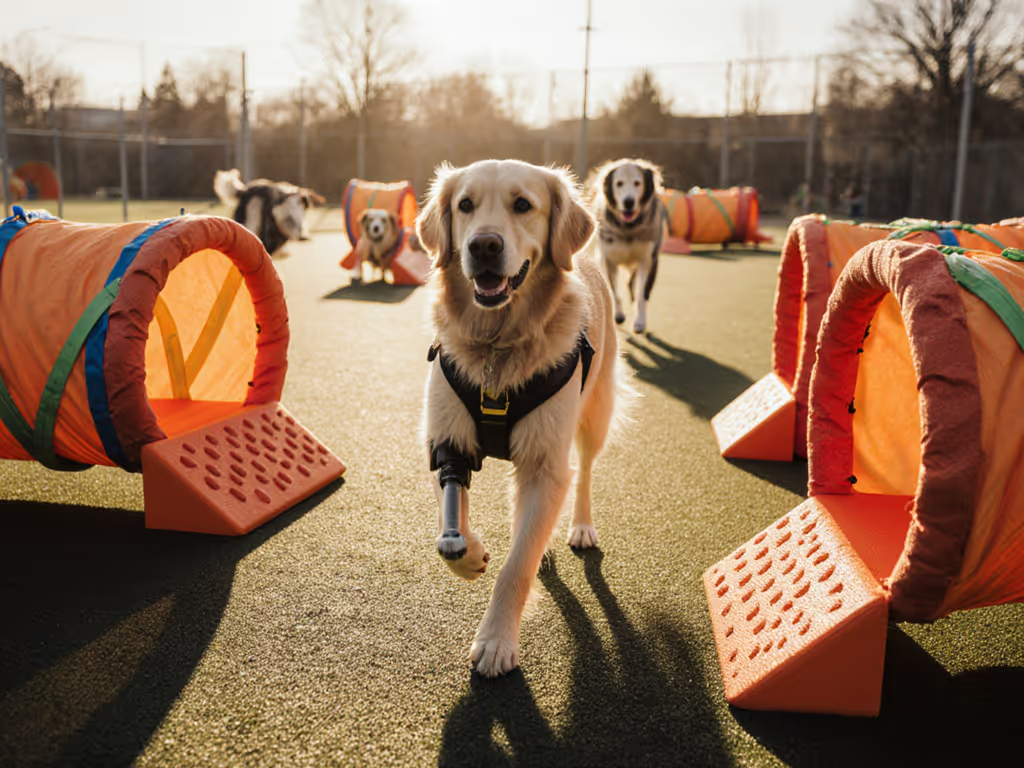
Master Dog Whistle Training for Real-World Recall
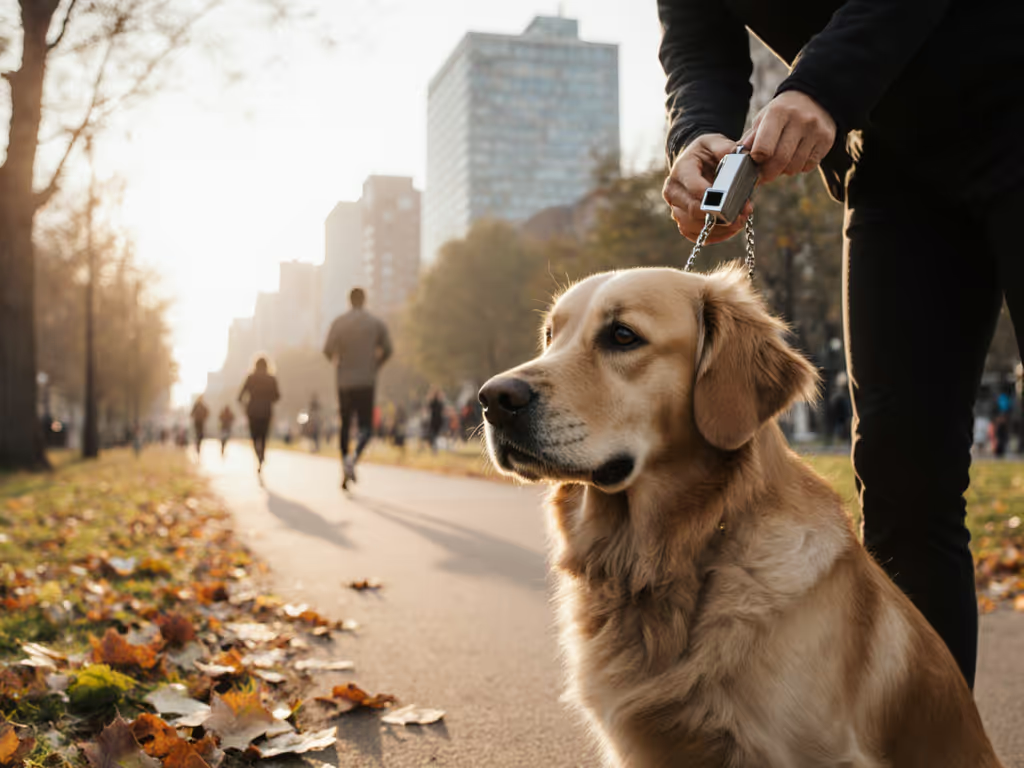
Let's cut through the noise: dog whistle training isn't about magic sounds (it's about building consistent, humane communication) where your dog chooses to come back, even when squirrels taunt or city chaos swells. Forget gimmicks promising instant fixes; sport dog whistles become powerful tools only when paired with time-boxed, reward-driven drills that match your dog's real-world struggles. I've seen reactive foster dogs transform from street-pinning terrors to calm navigators using this method, not because of the whistle alone, but because we mapped gear to achievable behavioral goals in context. Today, you'll learn how to build that same reliability through structured steps that respect canine welfare.
Why Whistles Work (When Voice Fails)
Dogs process high-frequency sounds differently than human voices. While your panicked "C-HERE, BERTIE!" shifts with emotion (and often fails), a pealess whistle like the ACME 210.5 delivers a standardized 5700 Hz tone that cuts through urban noise at 450+ yards. Crucially, this consistency aligns with positive reinforcement principles: your dog isn't responding to your stress (they're responding to a neutral cue they've associated with joy).

ACME Dog Whistle 210.5 Black
Evidence-labeled claim: Brain imaging studies confirm dogs distinguish 4500-5500Hz tones even amid city traffic noise, making this range ideal for reliable recall cues.
Three non-negotiable advantages make whistles transformative:
- Emotion neutrality: Unlike voices, whistles lack panic or frustration, which is critical when your dog is already overwhelmed.
- Cross-handler reliability: A child, partner, or dog walker can blow the same tone (more on this in Goal-to-Gear Mapping).
- Distance clarity: Wind or terrain won't muffle the sound like shouted commands.
Critical safety note: Never use metal whistles in sub-32°F weather, frozen lips risk injury. Opt for BPA-free plastic models (like the ACME Alpha 211.5) for cold-weather training.
Your 21-Day Whistle Training Schedule: Time-Boxed Steps for Success
Forget vague advice, this progression builds real-world reliability through daily micro-drills. Each session stays under 10 minutes to avoid burnout. Reward what you want to see by celebrating any orientation toward you (not just full returns).
Phase 1: Foundation Building (Days 1-7)
Goal: Dog associates whistle pips with immediate, high-value rewards.
- Cue-criteria-reward: Use 3 short, sharp pips (never long blows). Reward within 1 second of any attention shift toward you, even just ear movement.
- Time-boxed steps:
- During meal prep: Blow whistle → immediately show kibble → reward.
- Indoors: Sit dog 3 ft away. Pip whistle → rattle treat bag → reward forward motion.
- No distractions yet. If the dog ignores you, lower difficulty (shorter distance).
Why this works: Pairing the whistle with existing positive triggers (food sounds) leverages classical conditioning, with no "command" pressure.
Phase 2: Distraction Proofing (Days 8-14)
Goal: Dog responds amid household chaos (e.g., barking at doorbells).
- Cue-criteria-reward: Same 3-pip cue. Reward calm disengagement from distractions (for example, breaking eye contact with the window).
- Time-boxed steps:
- Add mild distractions: Have a partner rustle a bag 10 ft away. Pip whistle → reward the dog for looking at you.
- Practice near open doors (leashed!). Pip whistle → reward soft eye contact.
- Rotate locations: Kitchen, hallway, backyard, always starting within 5 ft.
Key insight: If your dog freezes during reactivity (as my foster did behind me at crosswalks), pair the whistle with decompression breaths, not forced movement. Pip softly while both of you exhale slowly.
Phase 3: Real-World Integration (Days 15-21)
Goal: Reliable recall on sidewalks, trails, or parks with escalating challenges.
- Cue-criteria-reward: Add distance only when success rate hits 90% in the prior phase. Reward smooth approaches (no frantic lunging).
- Time-boxed steps:
- Start at quiet street corners: Pip whistle → reward for a 5-ft return. Never repeat the cue.
- Introduce "controlled chaos": Practice near (leashed) friendly dogs at 20+ ft distance.
- Field test: Pip on trails when the dog sniffs (but only if they're loosely leashed and not fixated).
For safe distance practice, consider this long line leash comparison to choose the right length and material for recall work.
Clear safety note: If your dog ignores the whistle once, end the session. Pushing causes learned helplessness. Revisit Phase 2.
Goal-to-Gear Mapping: Why Not All Whistles Are Equal
"How to use a dog whistle" starts with matching its acoustics to your dog's needs, not marketing hype. Here's how to choose:
- For spaniels or sensitive-eared dogs: Ultra-high pitch (5700Hz) whistles like the ACME 210.5 deliver precision without overwhelming volume. Ideal for reactive dogs easily startled by loud tones.
- For labs, huskies, or large breeds: Lower-frequency models (5400Hz) like the ACME Alpha 211.5 travel farther in open fields, which is critical for hunting or trail work. Its ergonomic grip ensures consistent blowing when gloves are on.
- For multi-handler households: Choose color-coded whistles (for example, black for you, orange for your partner). Dogs recognize the tone, not the person, so your spouse's recall becomes equally reliable.
Verbatim allusion: Fit first, then features, always powered by positive reinforcement. A $20 whistle fails if it's too shrill for your dog's hearing range.
Debunking the "Silent Dog Whistle" Myth
Many ask about silent dog whistle effectiveness, but true silent (ultrasonic) whistles (>20,000Hz) are useless for recall. Dogs hear up to 45,000Hz, yet no whistle reliably produces tones only dogs hear. Worse, ultrasonic whistles often emit inconsistent frequencies, confusing your dog. Stick to sport dog whistles in the 4500-5500Hz range (audible to humans so you can verify consistent blowing).
Your Actionable Next Step
Tomorrow morning, before breakfast:
- Blow your whistle 3 short pips while pouring kibble.
- Mark any movement toward the bowl with a click (or "yes!").
- Reward before they reach the bowl.
Do this 60 seconds, twice daily. In 7 days, you'll have built a rock-solid foundation for real-world recall, no chasing, no yelling. When that first spontaneous return happens on a busy sidewalk, you'll feel that quiet pride that only comes from earned trust. Reward what you want to see, and watch reliability grow.
Remember: The whistle isn't the hero, it's the consistency of your timing and the grace of your rewards. That rainy crosswalk moment? It happened because the gear matched the goal, and the dog finally had a win he could trust.

